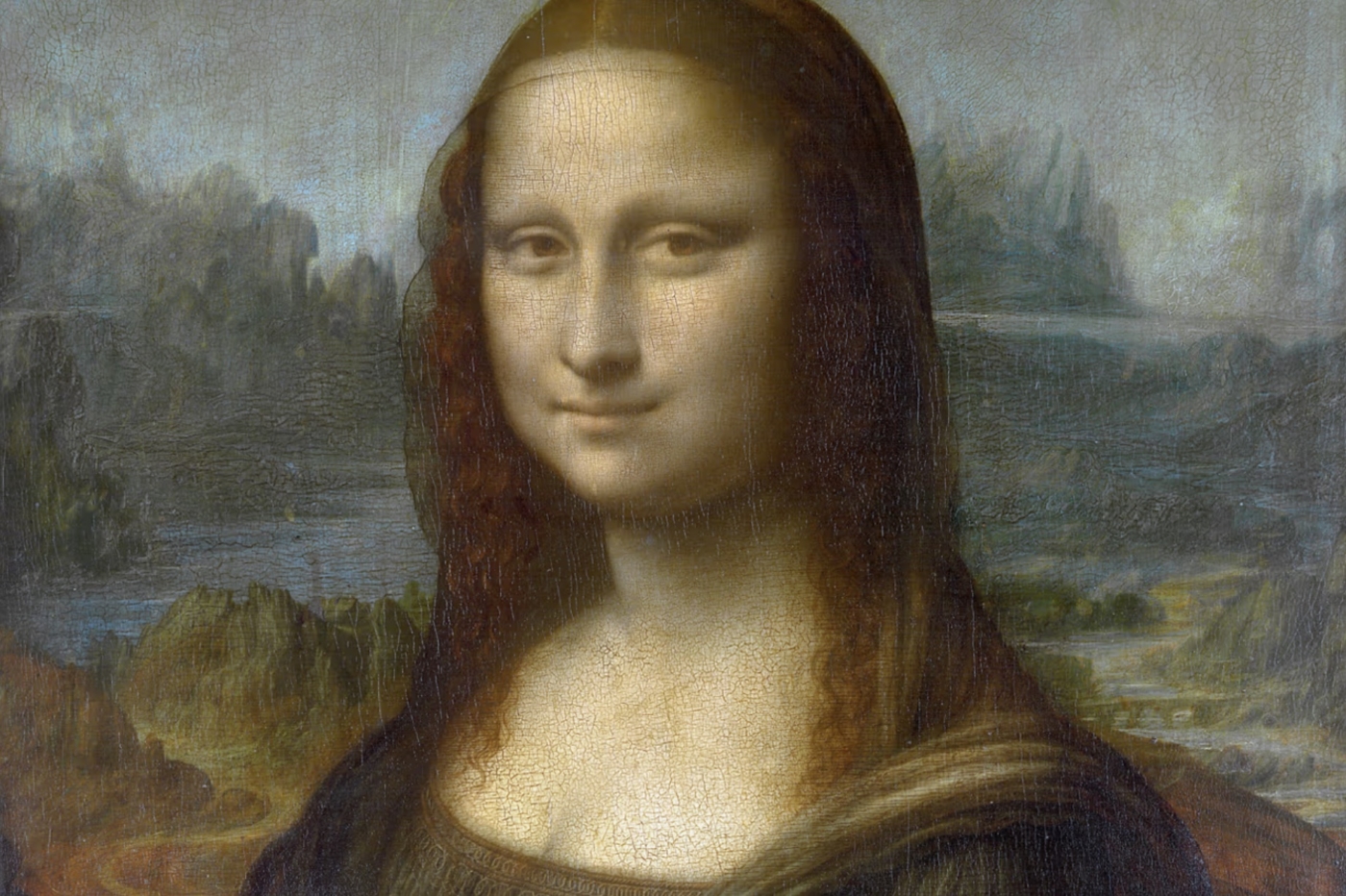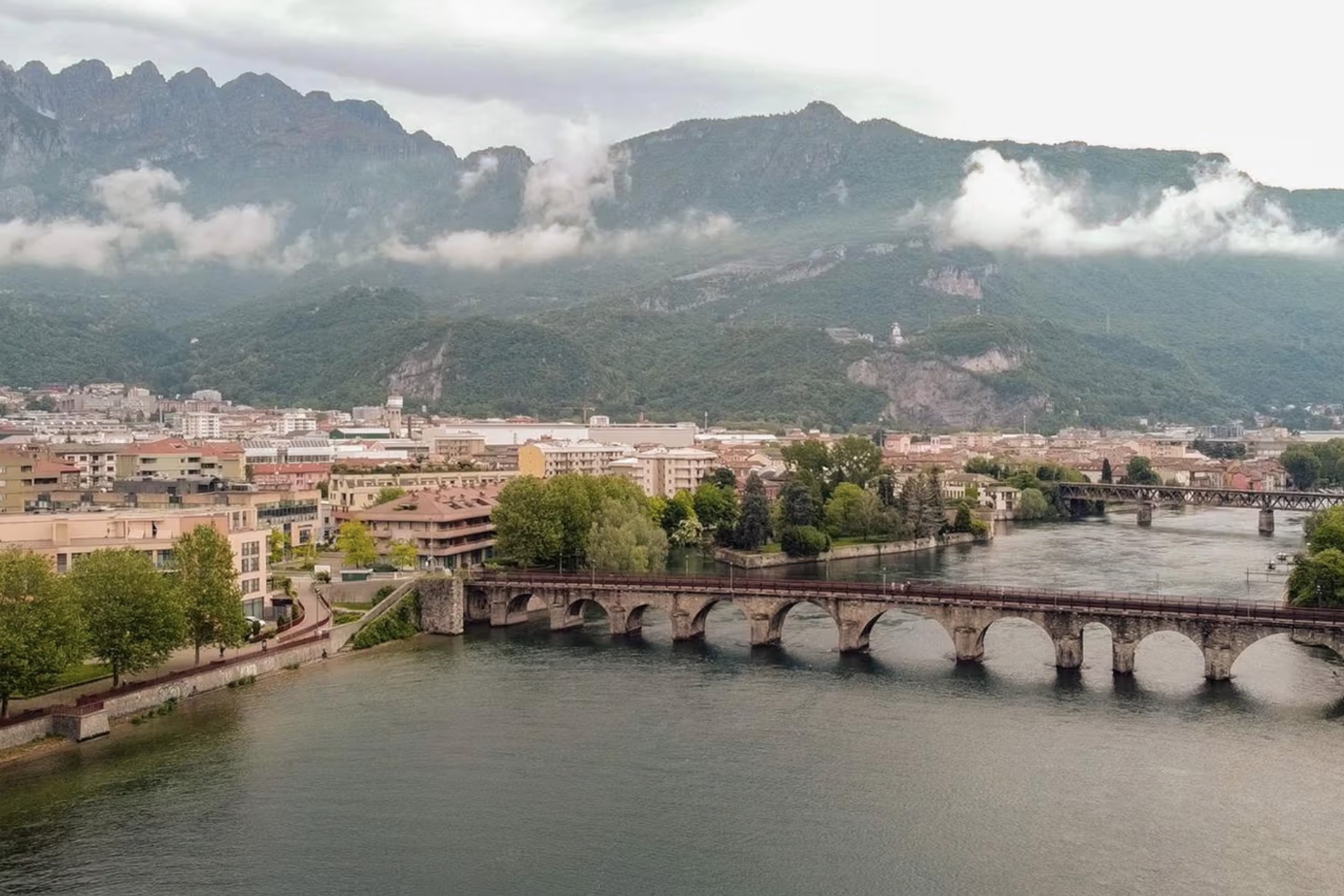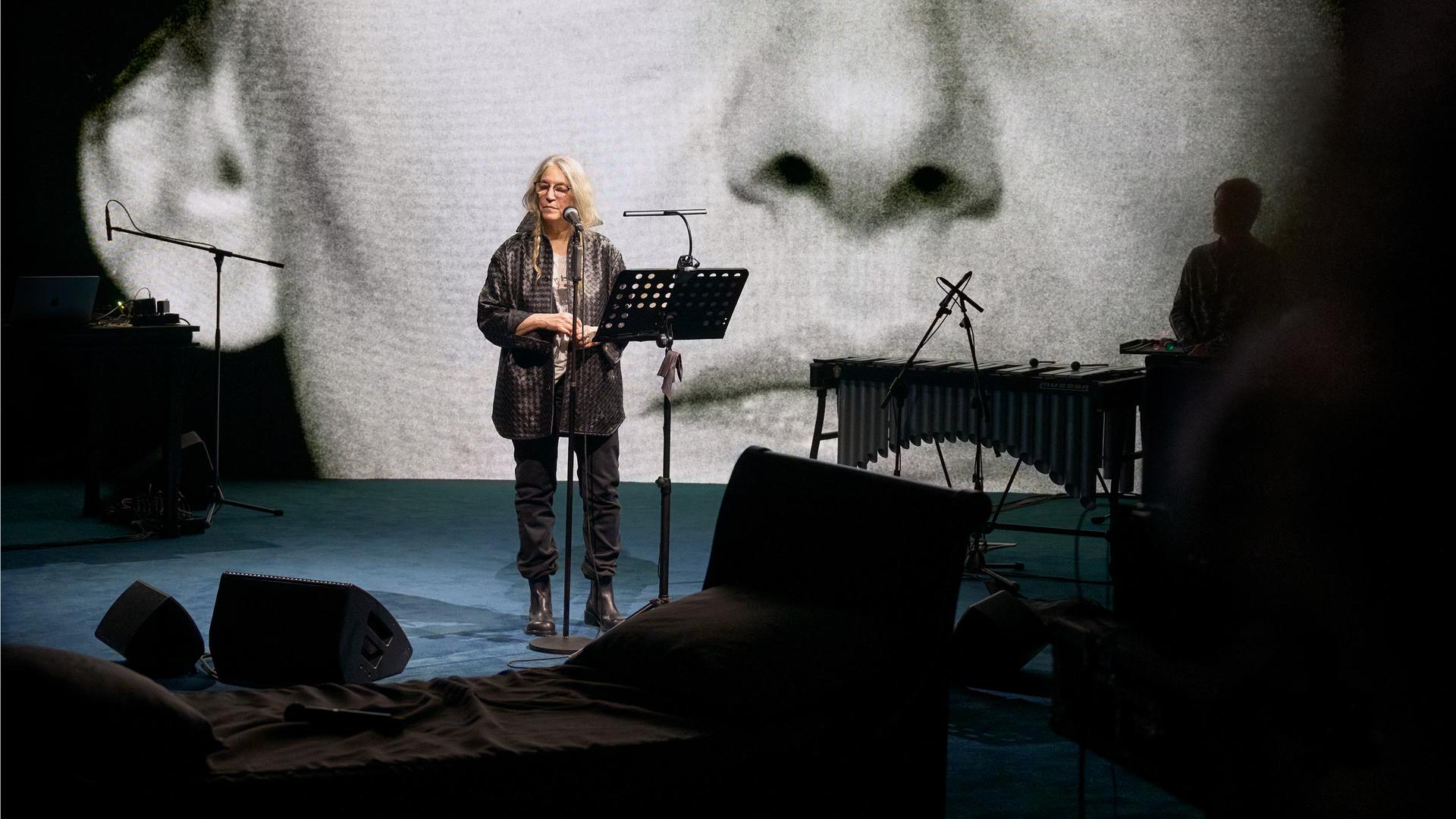The Mona Lisa, painted by Leonardo da Vinci between 1503 and 1519, is one of the world’s most famous yet enigmatic artworks. The identity of the sitter and the landscape in the background have long puzzled art historians—until now, allegedly.
Ann Pizzorusso, an art historian and geologist, claims that da Vinci painted the Mona Lisa in Lecco, Italy, on the southeastern shore of Lake Como. She compared the rock formations in the painting to the town’s mountains. “Leonardo had a great respect for nature and depicted it accurately in every painting. For him, the landscape was as important as the figures,” Pizzorusso told The Guardian.
Pizzorusso’s analysis shows a closer match between the painting’s background and Lecco than previous candidates, Bobbio and Arezzo, which lack a lake. “Geologists don’t usually study art, and art historians don’t usually study geology,” she added. “But any geologist can see the similarities with Lecco.”
The Mona Lisa attracts roughly 10 million visitors each year, often causing overcrowding. Louvre officials are considering relocating the painting to the museum’s basement level to improve accessibility.





